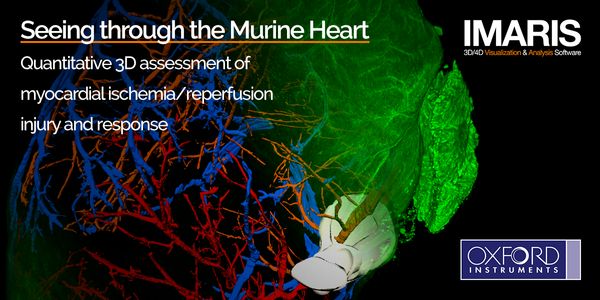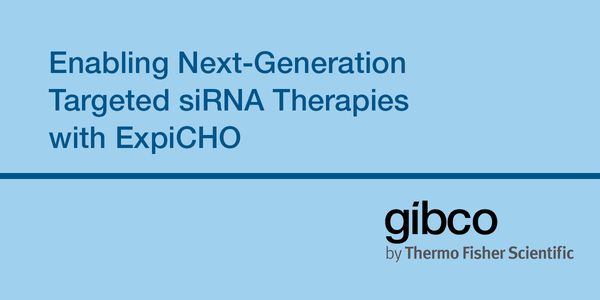Targeted Therapy
Targeted Therapy: one of the major modalities of medical treatment for cancer, others being hormonal therapy and cytotoxic chemotherapy.
-
Blockade of CTLA-4 and PD-1, members of the B7/CD28 family, have proven to be the most successful cancer immunotherapies to date. While the current therapeutic focus remains on B7/CD28 family...Speaker: Anthony Persen, PhDPresented at: Cancer Research & Oncology Week Virtual Event Series 2019
Sponsored By: ACD - A Bio-Techne Brand
Copy-number alterations and chromosomal translocations are widespread in cancer and frequently causing oncogenic mutations that drive tumorigenesis and therapy resistance. Despite their preva...
Speaker:
Cheng-Zhong Zhang, PhD
The introduction of robot-assisted surgical technology into urological practice, has introduced new horizons for reducing the morbidity and enhancing the efficacy of surgery. Open radical cys...
Speaker:
Khurshid Guru, MD
A subset of women with ovarian cancer will present with an apparently isolated adnexal mass. Many of these women will have early stage ovarian cancer with a relatively good prognosis. Unfortu...
Speaker:
Mitchel Hoffman, MD
Acute lymphoblastic leukemia is the most common cancer in children and adolescents. While current treatments have resulted in 85-90% cure, the remaining 10-15% cases represent the leading cau...
Speaker:
Ernesto Diaz-Flores, PhD
SEP 27, 2019 | 9:00 AM
DATE: September 27, 2019TIME: 9:00am PT, 12:00pm ET Thienopyrazole derivatives have recently emerged as effective antitumoral agents with kinase inhibitory activity. In this s...
SEP 19, 2019 | 7:00 AM
DATE: September 19, 2019TIME: 7:00am PDT, 10:00am EDT, 3:00pm BST Cardioprotection by salvage of the infarct-affected myocardium is an unmet yet highly desired therapeutic goal...
SEP 10, 2019 | 8:00 AM
DATE: September 10, 2019TIME: 8:00am PTNext generation sequencing of the immune repertoire allows detailed, sequence-specific insight into the immune system’s adaptive response...
AUG 29, 2019 | 9:00 AM
DATE: August 29, 2019TIME: 9:00am PT/ 12:00pm ET Monoclonal antibodies (mAbs) are a cornerstone of modern biomedical research and biotherapeutics. Therefore, reproducibly obtai...
AUG 27, 2019 | 9:00 AM
DATE: August 27, 2019 TIME: 9:00am PDT, 12:00pm EDT Immunotherapies targeting PD-1 or PD-L1 have proven remarkably effective for treating cancer in some patients, with considerabl...
AUG 15, 2019 | 9:00 AM
DATE: August 15, 2019TIME: 9:00am PDT, 12:00pm EDT Radiation therapy is a critical tool for the treatment of brain tumors, however, exposure to high doses of ionizing radiation...
JUL 31, 2019 | 9:00 AM
DATE: July 31, 2019TIME: 9:00am PT, 12:00pm ET The choroid plexus, which makes up the blood-cerebrospinal fluid barrier in the central nervous system (CNS), lines the ventricle...
JUL 23, 2019 | 10:00 AM
DATE: July 23, 2019TIME: 10:00am PDTThe tumor microenvironment is a complex network of different cell types and states that imparts distinct properties to the tumor and plays a signif...
Speaker:
Doug Hinerfeld, PhD
, Chris Merritt, PhD
, Anushka Dikshit, PhD
Sponsored By: Advanced Cell Diagnostics
Tumor heterogeneity is a hallmark of cancer and can have significant impact on identifying drivers, including those that may be therapeutically relevant. Although, the traditional sequencing...
The practice of precision medicine utilizes advanced diagnostic tools to identify specific groups of patients on the basis of particular molecular characteristics, and guide their treatment w...
Speaker:
David Hout, PhD
, Benjamin Chaffey, PhD
Implementing precision genomic medicine in the pediatric acute care setting has several challenges. First, the diagnosis must be made quickly. Second, the determination of pathogenicity mus...
























